History of Country Music 1930s to 1960s
The History of British Country Music 1930s to 1960s
The second part of this investigation into country music in the UK takes us from the 1930s to today. The sound and delivery of country has changed massively, but the importance of performance, songwriting and fandom has not dimmed a watt.
- Introduction
- UK Country Music 1927-1969
- Nashville Sound: Shaping Country Music in the UK
- Evolution of UK Country Music: A Journey Through Time with Alan Cackett
- Country music in the UK started in the 1930s
- I’m a traditional country music fan, but I love contemporary country.
- From 78 RPM to Skiffle: Tracing the Rise of Country Music in the UK
- Slim Whitman: The Popstar Turned Country Icon who Shaped UK Music Scene
- From Rock ‘n’ Roll to Country: The Everlasting Influence on UK Music Fans
- Chart Triumphs and Timeless Voices: Jim Reeves, Patsy Cline, and the UK Music Landscape
Introduction
In the book “The Heart of Rock and Soul,” Dave Marsh offers a concise overview of the early years of commercial country music. This genre emerged during the Great Depression as a means to connect with rural white audiences, particularly in the South and Southwest. However, with the post-World War II migration from farms to cities, country music needed to adapt to appeal to a broader, urban audience. This led to the development of the Nashville sound, incorporating strings and a more universal appeal. In the UK, country music found its way into the charts through cover versions and the influence of American forces stationed in Europe. Alan Cackett, a prominent figure in the UK country music scene, played a significant role in documenting and promoting country music for over six decades. This article delves into his experiences and sheds light on the evolution of country music in the UK over the past century.
UK Country Music 1930s-1960s
Writing in his book The Heart of Rock and Soul, Dave Marsh neatly summarised the first few decades of commercial country music, which is worth quoting in full:
‘Country music was developed by the music industry just before and during the Depression to appeal to rural whites, most of whom lived in the South and Southwest. After World War II, the country music industry desperately needed to come to grips with the national migration from farm to factory, homestead to city streets, South to North. Like their black counterparts, those folks needed a voice which expressed their dilemmas. Country couldn’t easily provide it.’
Elvis Presley, a white man from Mississippi singing black music, was the star of the rock’n’roll era. The 1950s was a society of consumerism, writes Marsh, ‘not a cotton or a tobacco field’, and country music had to change to fit the times. Happily, musicians could tackle universal themes rather than singing about hillbilly life, which was unexportable to urban areas. So Music City kept the tradition alive, ‘learning to live without hope of expansion’ according to Marsh, even as its sound had to appeal to that urban audience and convince folk it’s still worth listening to.
Prior to Presley’s emergence, country music was primarily regarded as a regional genre, with only a handful of artists managing to overcome this perception. Eddy Arnold was among the few who successfully broke free from this stereotype. However, Presley’s arrival revolutionized the landscape, paving the way for a new generation of country singers, including Marty Robbins, Sonny James, and Johnny Cash, to tap into a broader audience and expand their reach.
Nashville Sound: Shaping Country Music in the UK
Hence Chet Atkins and Owen Bradley came up with the Nashville sound, a mix of strings and, in Atkins’ immortal answer to a journalist, the jangle of coins in a pocket. Before that, the UK charts were full of songs from American writers from Hollywood and New York. In the very first chart in November 1952, however, a version of Hank Williams’ Half As Much, sung by Rosemary Clooney, peaked at number three.
There was no other traditional country song until Jimmy Young took The Man from Laramie to the top of the Hit Parade in late 1955. Classic folk song The Yellow Rose of Texas became a hit for Mitch Miller soon afterwards, and both Bill Hayes and Tennessee Ernie Ford took The Ballad of Davy Crockett into the top ten. Pat Boone, a singer who can be found under Easy Listening in the CD racks today, had a slew of hits, and Lonnie Donegan sang about Rock Island Line and the Cumberland Gap, inspiring English kids to form the skiffle groups that would one day become rock’n’rollers.
Lonnie Donegan electrifies the stage with his live performance of “Rock Island Line” on “Putting on the Donegan” on June 15, 1961. His son, Peter Donegan, carries on the musical legacy as a talented British country artist. Reflecting on his father’s wisdom, Peter reveals, “Dad shared numerous invaluable pieces of advice with me, but one has resonated above all others throughout my journey: ‘If you want a real shot at success in this industry, you must write your own songs.’ Trust me when I say that I’ve taken that advice to heart, and now it’s finally paying off.”
“Evolution of UK Country Music: A Journey Through Time with Alan Cackett”
Alan is an unsung hero of the UK scene but very much a sung hero when filling in the gaps in this story. Over 60 years, he has worn many hats: journalist, editor, promoter, manager, and fanatic. Alan is thus the best person to talk to to learn about country music in the last century, which is the theme of the second part of this essay. It will take us from the radiogram to the infinite jukebox, from hootenannies on the radio to the sparkly Country2Country festival via print media, the Hit Parade and line-dancing soap stars.
The introduction page on Alan’s website AlanCackett.com summarises his life and work: ‘I never got involved in music for fame or fortune. It’s always been about the passion for good music that touches me emotionally…to make music that I believe in more popular and widely accepted.’
He began work in the 1960s, editing Country Music Monthly, a ‘what’s on’ guide that Country Music Roundup followed. Half a century on, he was at C2C 2015 and reviewed it for the site, which gets a few thousand hits a day thanks to Alan’s archive of pieces on country music.
‘If you asked me if I’d written about a certain artist, I’d have to rack my brains!’ Alan says when I imagine how many words he must have written across his career. They include an impressively researched three-part piece on Marty Robbins.
“Country music in the UK started in the 1930s” Alan Cackett
‘In 1976, Marty invited me to move to Nashville to work for him,’ Alan tells me over the phone in early January 2023.
‘He came over to Wembley for the first time, and I got a phone call on Thursday from CBS Records London press office. Could I meet up with Marty on Good Friday? I hadn’t even contacted them to ask if I could interview him. I didn’t think that I was well-known enough. I was a bit of a shy person.
‘I went up there and met the lady from CBS at the hotel. She said he was up in his room, and I had 20 minutes. I went up at two o’clock and came out at five! He said I knew more about his music than anybody he had ever met. “Come to Nashville and work with me because we haven’t got journalists of your calibre in America.”
‘In those days, the best ones in the world were British. We did our research. Everything I wrote I had to research without the Internet. I compiled lists of what artists had released, going right back to the 1930s. Even today, every email press release sent to me is put into an alphabetical folder for the artist so I can check up on their background.’
There were a crew of country-minded journalists in the UK. Two of them, Larry Adams and Gordon Smith, set up Opry Magazine, which became Country Music People. ‘As business people, they were a little bit dubious,’ Alan recalls. ‘They walked away from two printers when they weren’t selling enough copies of the magazine and changed the company’s name, having left owing them money. Different people have different levels of honesty or integrity. I’m one of those people who treat people the way you’d like to be treated yourself.’
In the early 1960s, just after the abolition of mandatory national service for young adults in the UK, Alan left school as a 15-year-old. A few weeks before his departure, he pitched up at the local newspaper, the Kent Messenger looking for work. ‘The school insisted I worked in a bank because I was good at maths. But I wanted to be a printer.
I’m a traditional country music fan, but I love contemporary country.
‘I just got involved in writing about country music because I believed in the artists. I wasn’t just into country but all the pop stuff as well. I’m a traditional country music fan, but I love contemporary country.
‘In the early seventies, I was into Gram Parsons before anybody else was over here. I was into the Eagles, whom I saw as a country band. I’ve been able to write on all aspects of country music from the twenties, and there’s very few who do that. They tend to get into their own little niche of what they like.
‘When I started Country Music Monthly, I had started one called Record Collector, a pop magazine where I did a pop star biography and listed all of their records. I did that for three issues then I changed it into a country music magazine, so I was running two: one monthly, one quarterly. I was doing them on a duplicating machine on my mum’s kitchen table.’
But how had Alan and his contemporaries started to appreciate country music in the first place? It was big business in America, of course, after Ralph Peer had recorded Jimmie Rodgers, The Carter Family and sundry others in Bristol, Tennessee, in 1927.
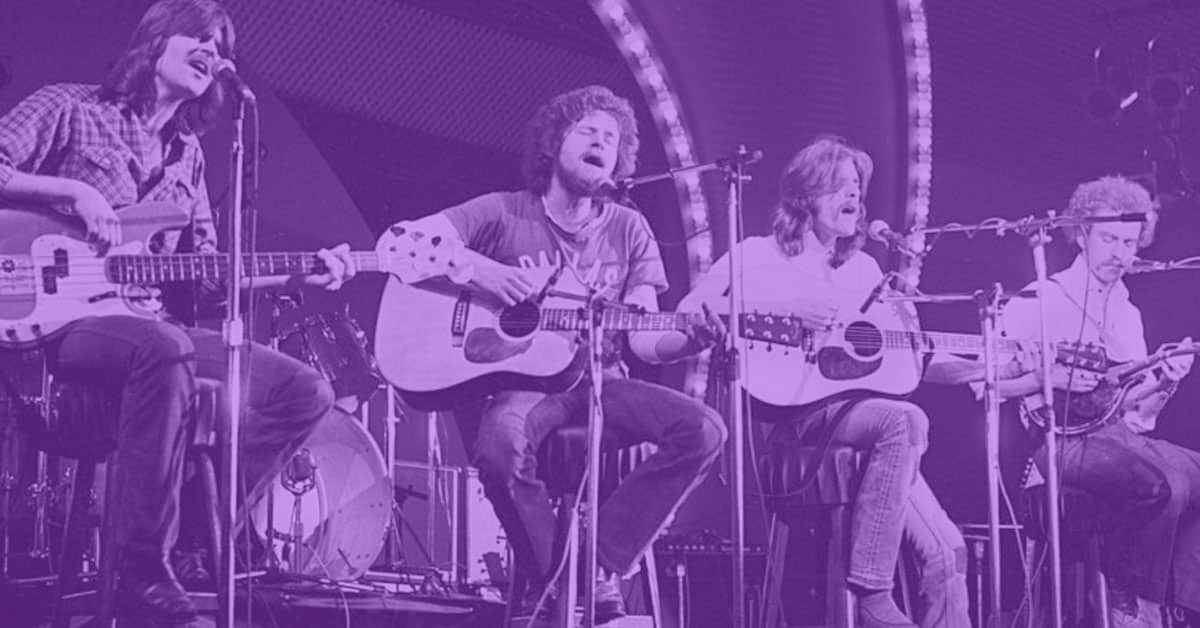
The Eagles left an indelible mark on the country music landscape, serving as the blueprint for the genre’s evolution in the 1990s and beyond. Countless country stars, including Garth Brooks, Tim McGraw, and Brad Paisley, have openly acknowledged the profound influence of the Eagles on their own music. In 1994, a momentous event brought the band back together: the release of the tribute album “Common Thread,” which featured Nashville luminaries such as Vince Gill, Clint Black, Diamond Rio, Trisha Yearwood, Alan Jackson, and Brooks & Dunn. This remarkable project, masterminded by Azoff, not only reignited the Eagles’ reunion but also cemented their enduring impact. The catalyst for this revival came when Travis Tritt invited the Eagles members to appear in his 1993 music video, sparking conversations among the band members once again.
- British Country Music 1927-1969
- Nashville Sound: Shaping Country Music in the UK
- Evolution of UK Country Music: A Journey Through Time with Alan Cackett
- Country music in the UK started in the 1930s
- From 78 RPM to Skiffle: Tracing the Rise of Country Music in the UK
- Slim Whitman: The Popstar Turned Country Icon Who Shaped UK Music Scene
- From Rock ‘n’ Roll to Country: The Everlasting Influence on UK Music Fans
- Chart Triumphs and Timeless Voices: Jim Reeves, Patsy Cline, and the UK Music Landscape”
‘There was a record label called Regal Zonophone, and they released 78 RPM records, which probably you don’t understand! One of the biggest sellers was Roy Rogers. He influenced people like George Formby.
‘Then, in 1936 or 1937, Gene Autry came to the UK and put on big Western-type shows singing cowboy songs. Roy Rogers did the same. None of the hillbilly singers came to the UK in the thirties or even the forties, but country songs crossed over in the UK. One of the most popular songs was You Are My Sunshine. Many people don’t even realise it’s a country song.’
It is ironic that Rogers and Autry both adopted cowboy costumes to make money when the moment was right, so it isn’t only Brits who should be labelled as inauthentic. The cowboy singers, says Alan, crossed the Atlantic Ocean by boat to promote their records more than the movies. In a move that was reversed in the 1960s when The Beatles sold American music back to them, it was the Americans who commercialised the old Scots-Irish country music and recorded it onto vinyl to be played by disc jockeys and broadcast via new-fangled wireless radio sets.
In the 1950s, when national service was still in force, British kids mixed with their Yankee GI counterparts and learned of the power of the music of the era, which soundtracked life in the mess, ship or airbase. Teenage music fans tended to come from port cities like London, Newcastle or Liverpool because their cities hosted Americans on leave.
‘What made a big impact after the Second World War,’ Alan continues, ‘was American Forces Network, AFN, who were playing country music to the forces at the bases in Europe: Germany, France, Belgium and the UK. Country singers would come over and play at the bases but not play to English audiences.
‘In 1950, ’51, Big Bill Campbell had his own weekly radio show on the BBC on the Light Programme. I think it was on a Friday evening. He became very popular. Country songs were regularly getting into our pop charts via covers; Tony Bennett covered Hank Williams’ Cold, Cold Heart. That saw the beginning of country/folk-type acts in the UK, which led to skiffle music and Lonnie Donegan.
‘Tommy Steele got his first taste of the country in the merchant navy and met up with country singers in Virginia when his boat docked there in 1956. He covered Singin’ The Blues and Knee Deep in the Blues, both Marty Robbins hits. Marty’s chances of making it in the UK were completely stopped by UK cover versions: The Story of My Life, Just Married, and it went on and on. He got the royalties because he wrote the songs!
‘There weren’t any show bands in England. Our theatres still had the music-hall-type variety shows with ten different acts – singers, jugglers, comedians, novelty acts – touring round the country. When Buddy Holly came to tour, he was on a package show with Des O’Connor as the compere.
“Slim Whitman: The Popstar Turned Country Icon who Shaped UK Music Scene”
‘The first major country act to come to the UK was Slim Whitman in 1955, which was my big introduction to country music. My aunt took me to see him. I was ten years old. He came over on the boat for a week. He ended up staying for eight. He was on the radio, on TV and performed in all the theatres.’
Surprisingly, Alan wasn’t the only youngster there because Slim was, in essence, a popstar with songs on the nascent Hit Parade, which was first assembled in 1952. Bryan Adams eventually broke Slim’s record when Everything I Do surpassed the eleven weeks at the top by Rose Marie. Slim joined Bryan on stage at Wembley Arena to sing that song; he lived until he was 90 and only died in 2013.
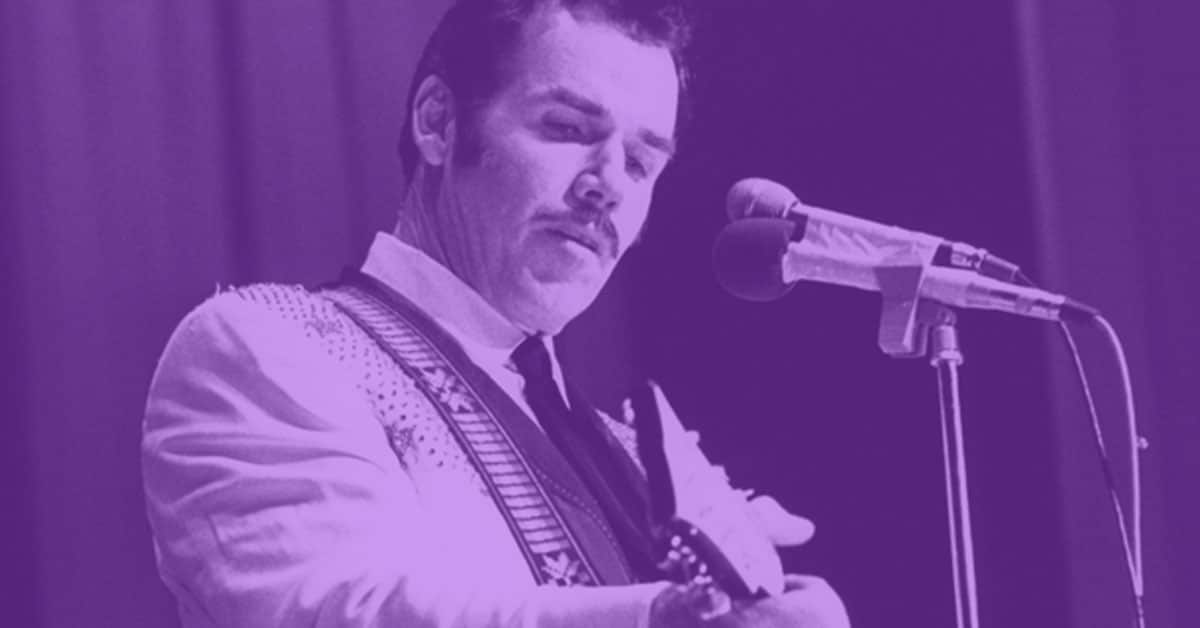
Slim Whitman, the towering yodeling country singer, captured the hearts of British fans in the mid-1950s, leaving an enduring impression that still resonates today. Despite not attaining chart-topping success since 1958, Slim Whitman remains unmatched in terms of record releases in Britain over the past two decades among country stars. His triumphant eight-month tour of Britain in 1957 propelled his popularity to great heights, but upon returning to the States, his singles sales suffered. However, this setback only affected his singles, as Slim redirected his focus towards albums, with subsequent single releases typically derived from his album repertoire. Although several of these singles achieved moderate success on the country charts, none reached the same level of triumph as the iconic hits “Rose Marie” and “Indian Love Call.”
“From Rock ‘n’ Roll to Country: The Everlasting Influence on UK Music Fans”
‘Those teenagers that got into Buddy, Gene Vincent, Elvis, Chuck Berry, they couldn’t grasp prog rock and heavy rock. They were the beginning of the country fanbase that came to the fore in the late sixties and through the seventies. A lot of them were former rock’n’roll fans. People would age up into country.
‘One of the features I wrote for Country Music People was the influence of Chuck Berry on country music. Listen to Memphis, Tennessee, and it’s a country song. I instigated a whole issue that was on contemporary country music in 1974 like Waylon Jennings, another rock’n’roller, who hadn’t broken through yet with the outlaw movement.’
It need not be mentioned that there is no singles chart in the UK that matches the Hot Country or Country Airplay charts. Any act is pushed towards the UK Top 40 and is documented in a book of hit singles. Let’s quickly look at some big country music players and see if enough people bought their records to entitle them to UK hits.
As we have learned, Alan Cackett was one of many fans of Slim Whitman. Plenty have bought his 1955 and 1956 releases: Indian Love Call, China Doll, Tumbling Tumbleweeds, I’m A Fool and Serenade. Slim even took the record for oldest act with a new release to top the UK album charts in 1977. His fellow chart star Tennessee Ernie Ford got to number one with Give Me Your Word (1955) and Sixteen Tons (1956).
Chuck Berry: A Trailblazer Uniting Rock and Country
Hailed as one of the foundational architects of rock and roll, he left an indelible impact on the sound of country music, captivating multiple generations of Nashville artists.
Emerging onto the music scene in 1952, Berry initially played rhythm and blues in the clubs of St. Louis. However, his high-octane interpretation of “hillbilly” songs caught his audience off guard.
Driven by curiosity, Berry decided to introduce his predominantly black audience to country music. In his 1987 autobiography, he recalled, “After they laughed at me a few times, they began requesting the hillbilly stuff and enjoyed dancing to it.”
Berry’s willingness to blend genres and transcend boundaries shaped the course of rock and roll and left an everlasting impression on the country music landscape, forever intertwining the two genres in a harmonious fusion.
“Chart Triumphs and Timeless Voices: Jim Reeves, Patsy Cline, and the UK Music Landscape”
Kitty Wells in the 1950s or Loretta Lynn in the 1960s, however? Nothing. Jim Reeves, the crooner who straddled easy listening and the Nashville Sound? Far more successful, so much so that by 2001, only 23 acts had spent more than his 322 weeks on the singles chart. Many of those weeks were posthumous since he died in July 1964, three weeks shy of his fortieth birthday. ‘Gentlemen Jim’ went on to have a host of hits after his death, including the 1966 number-one Distant Drums.
Several of his singles wouldn’t budge from the charts: Adios Amigo was there for 21 weeks but got no higher than number 23; I Love You Because was on the charts for nine months in 1964, riding the sad wave of his death even while The Beatles tore up the rulebooks and the charts. Jim’s voice was regularly heard on the Light Programme, the BBC’s station for adults, today’s Radio 2.
Patsy Cline had just one UK hit in her lifetime, and it wasn’t Crazy. Heartaches reached number 31 in 1962, and she died the following year. It took a revival of Crazy in 1990 for Patsy to go Top 20 (number 14). A pair of Frank Ifield number ones – the seven-weeker I Remember You from 1962 and his two-weeker Confessin’ from 1963 – and Roger Miller’s King of the Road (a single week in May 1965) were other popular hits which appealed to older listeners. For the youth came rock’n’roll hits for Elvis, The Shadows and the young Liverpool quartet whose first number one She Loves You was big on the pirate ships at the end of ‘63.
Further Reading
Further Reading for Part Two The Origins of Country Music
English Folk Songs from the Southern Appalachians by Cecil Sharp
Folk-Songs of the Southern United States by Josiah H Combs
John Jacob Niles’ essay in The Great Smokies and the Blue Ridge, edited by Roderick Peattie
A DEEPER DIVE INTO UK COUNTRY & AMERICANA
We are developing a history of UK country music and the effect the British Isles have had on American country music.
Click the link to our article The Origins of Country Music, the first in a four-part series exploring country music in the UK. Delve into our history and influence on the birth of country music.
To access our History of Country Music articles which is the second instalment in our series on country music in the UK. Immerse yourself in the captivating narrative of our country's rich country musical heritage.
UK Country Music 1930s to 1960s
TBCMF's Line-Up Playlist. Our Spotify playlist shares music from artists confirmed in this year's line-up.
TBCMF's New Country and Americana Playlist is updated weekly. Our second Spotify playlist supports UK artists and shares their latest releases.
Welcome to the UK Country and Americana Chart - The most listened to songs of 2023/24 powered by The British Country Music Festival.
Frequently Asked Questions, advice on tickets, timings, travel, accessibility accommodation, festival details for The British Country Music Festival
Click the link to learn more About The British Country Music Festival, explore our history, our place in the UK country music scene, and our future ambitions.

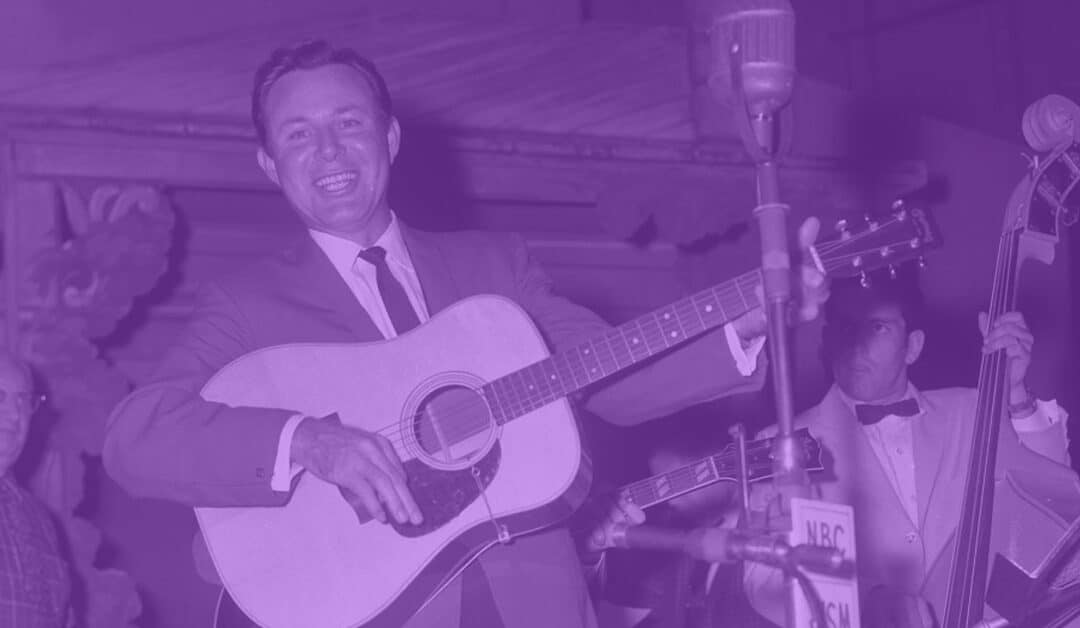
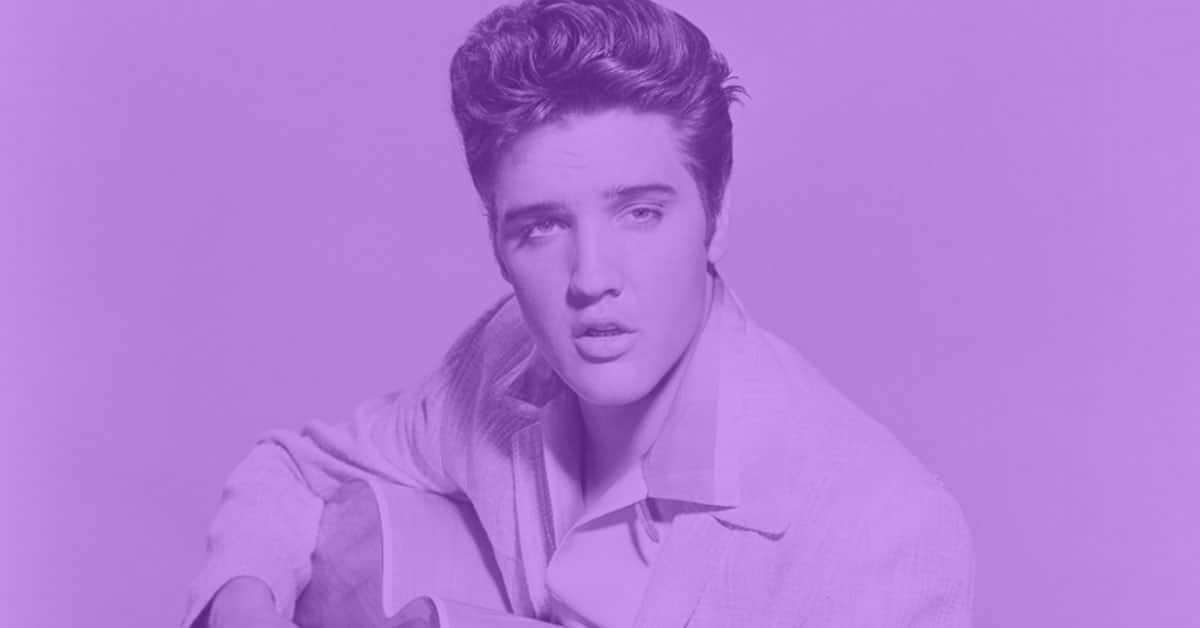
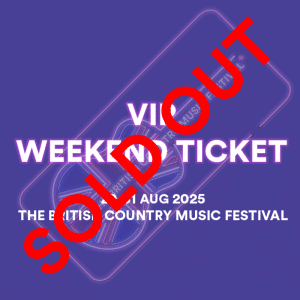

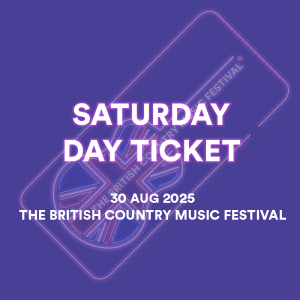
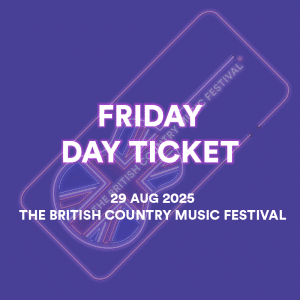
Recent Comments